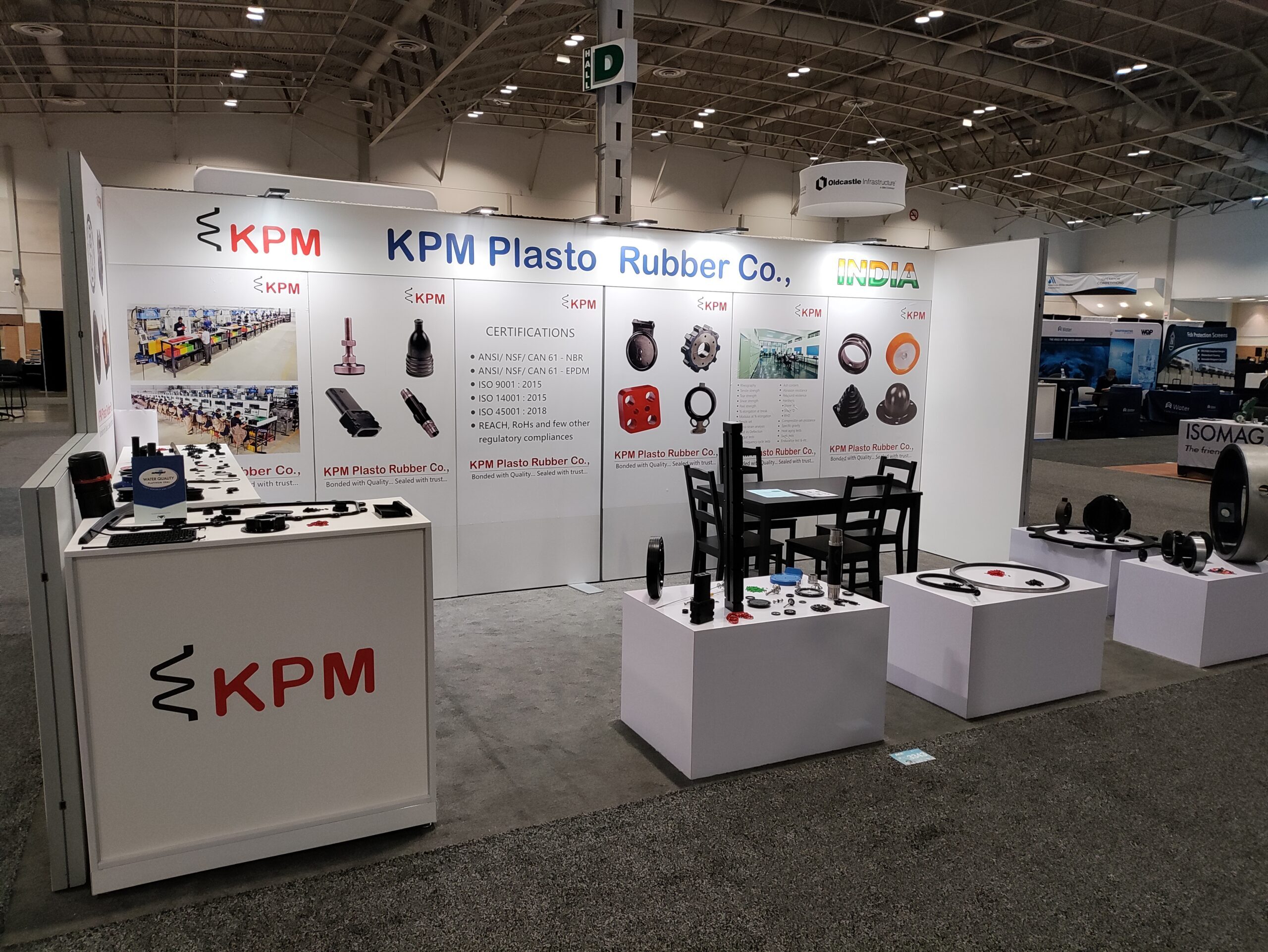Introduction
Sealing solutions are the unsung heroes that ensure the integrity, safety, and efficiency of various systems and equipment across industries. One innovative development that has taken the field of sealing technology by storm is the emergence of polymer-based profile rings. These versatile and high-performance components are reshaping the way industries approach sealing challenges, offering a wide range of benefits and applications that transcend traditional materials. In this article, we delve into the world of polymer-based profile rings, exploring their advantages, applications, and the transformative impact they are having across diverse sectors.
Introduction to Polymer-Based Profile Rings: Definition and overview of polymer-based profile rings as sealing components.
Importance of effective sealing in various industrial applications.
Versatility and Customization: Applications Across Industries: Explore how polymer-based profile rings find applications in automotive, aerospace, manufacturing, and other sectors. Highlight the adaptability and versatility of these rings to different environments and requirements.
Material Science: Understanding Polymer Selection: Types of polymers used in profile rings (such as elastomers, thermoplastics) and their unique properties. Factors influencing material selection based on temperature, pressure, and chemical resistance.
Optimizing Performance: Polymer-Based Profile Ring Design: Engineering considerations in designing profile rings for optimal performance and sealing efficiency. Role of geometrical features, such as lip design and cross-section, in achieving effective sealing.
Friction Reduction and Energy Efficiency: How polymer-based profile rings contribute to reduced friction and energy consumption in machinery and equipment. Benefits for enhancing operational efficiency and reducing wear.
Sealing in Extreme Conditions: High-Temperature and High-Pressure Applications: Explore how polymer-based profile rings excel in challenging environments, such as high-temperature processes or high-pressure systems.
Comparative Analysis: Polymer-Based vs. Traditional Sealing Solutions: Evaluate the advantages of polymer-based profile rings over conventional sealing methods in terms of performance, maintenance, and cost-effectiveness.
Enhancing Equipment Lifespan: The Role of Polymer-Based Profile Rings: Discuss how proper sealing with profile rings contributes to extending the lifespan of industrial equipment. Case studies showcasing improved durability and reduced downtime.
Innovations and Research: Emerging Trends in Polymer-Based Profile Rings: Highlight ongoing research and developments in polymer technology for sealing applications. Discuss potential future innovations and their implications.
Environmental Considerations: Sustainability and Eco-Friendly Aspects: Address how polymer-based profile rings align with sustainable practices due to reduced friction and energy efficiency. Contribution to overall equipment and process sustainability.
Installation and Maintenance Best Practices: Ensuring Effective Sealing: Guidelines for proper installation and maintenance of polymer-based profile rings to ensure long-term sealing performance. Tips for troubleshooting common sealing issues.
Collaboration and Expertise: Industry Partnerships in Sealing Solutions: Explore the collaboration between manufacturers, engineers, and suppliers in designing and implementing effective sealing solutions using polymer-based profile rings.
The Evolution of Sealing Solutions
Sealing technology has evolved significantly over the years, with a relentless pursuit of enhanced performance, durability, and cost-effectiveness. Polymer-based profile rings represent a new chapter in this evolution, leveraging advanced materials and design principles to address the complex sealing demands of modern industries.
Advantages of Polymer-Based Profile Rings
Versatility and Customization: Polymer-based profile rings can be tailored to meet specific requirements, accommodating a wide range of shapes, sizes, and performance characteristics. This versatility allows for precise sealing in diverse applications.
Chemical and Temperature Resistance: Polymer materials are often chosen for their exceptional resistance to chemicals and extreme temperatures. Polymer-based profile rings maintain their sealing properties even in harsh environments, ensuring long-lasting performance.
Reduced Friction and Wear: The inherent lubricity of polymer materials reduces friction and wear between the sealing components, leading to improved efficiency, reduced energy consumption, and extended lifespan.
Low Maintenance and Longer Service Life: Polymer-based profile rings require minimal maintenance, translating to reduced downtime and lower operational costs. Their durability and resistance to wear contribute to a longer service life.
Environmental Compatibility: Many polymer materials used in profile rings are environmentally friendly, meeting stringent regulatory standards and contributing to sustainable practices.
Applications Across Industries
Automotive and Transportation: Polymer-based profile rings are revolutionizing the automotive sector, contributing to leak-free transmissions, engines, and hydraulic systems. Their ability to withstand varying temperatures, fluids, and mechanical stresses enhances the reliability and performance of vehicles.
Aerospace and Aviation: In the aerospace industry, where safety and reliability are paramount, polymer-based profile rings find use in hydraulic systems, landing gear, and fuel distribution. Their lightweight yet durable nature aligns with aerospace requirements.
Manufacturing and Industrial Machinery: Polymer-based profile rings improve the efficiency and lifespan of industrial machinery, reducing friction, preventing leaks, and minimizing maintenance. They are found in pumps, compressors, and manufacturing equipment.
Renewable Energy: Polymer-based profile rings play a vital role in renewable energy systems, sealing hydraulic components in wind turbines and solar panels. Their ability to withstand outdoor conditions and temperature variations ensures consistent performance.
Medical and Pharmaceutical: In medical devices and pharmaceutical equipment, polymer-based profile rings provide reliable sealing in fluid handling systems, ensuring sterility and preventing contamination.
Oil and Gas: Polymer-based profile rings contribute to the oil and gas industry by sealing critical components in drilling equipment, valves, and pipelines. Their resistance to chemicals and ability to maintain a secure seal under pressure are crucial for safe operations.
Conclusion
Polymer-based profile rings are reshaping the landscape of sealing solutions, offering a blend of versatility, performance, and environmental compatibility that traditional materials often struggle to achieve. As industries continue to push the boundaries of innovation and efficiency, polymer-based profile rings are poised to play a central role in enhancing sealing reliability, reducing maintenance, and driving progress across diverse sectors. Their transformative impact underscores the power of materials science to drive positive change and revolutionize established practices.


About The Author: KPM Team
More posts by KPM Team